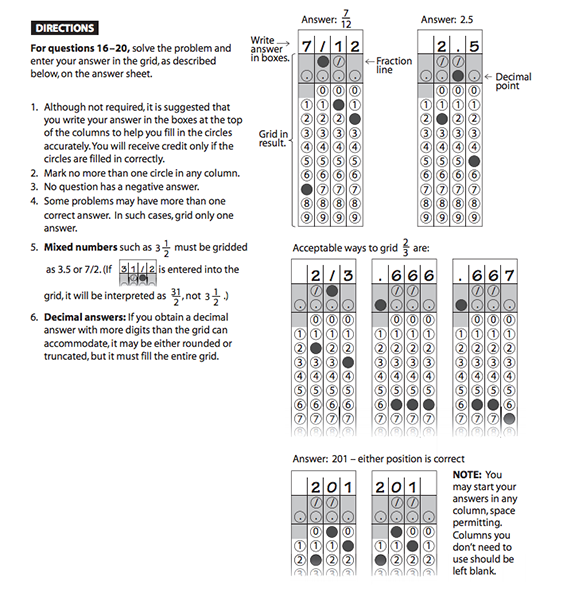
The peanutButter application is available on the web at. PeanutButter includes an R shiny application that allows you to produce rapid-response gridded population estimates from building footprints. A spreadsheet with age-sex proportions for each region,.There are also two source datasets that provide the proportion of population in each age-sex group for every ~100 m grid cell (WorldPop et al 2018, Pezullo et al 2017, Carioli et al in prep). A classification of each ~100 m grid cell as urban or rural.The count of buildings in each ~100 m grid cell across the country,.There are two data sets describing building patterns ( Dooley and Tatem 2020) that were derived from building footprints (Ecopia.AI and Maxar Technologies 2020): See the vignette for the peanutButter::jelly shiny application using: vignette('jelly', package='peanutButter') Source dataĪll of the source files used by peanutButter can be downloaded country-by-country through the web application at. You can list vignettes that are available using: vignette(package='peanutButter') Note: When updating multiple packages, it may be necessary to restart your R session before each installation to ensure that packages being updated are not currently loaded in your R environment.
Sat gridded response update#
In R Studio, you can also update all of your R packages by clicking "Tools > Check for Package Updates". Or, you can use devtools::install_github('wpgp/peanutButter', upgrade='ask') to update all of the packages that peanutButter depends on. If needed, you can update individual packages that may be responsible for any peanutButter installation errors using install.packages('package_name'). You can avoid checking for package updates by adding the argument upgrade='never'. This is not required unless the peanutButter installation fails. You may be prompted to update some of your existing R packages.

Devtools ::install_github( 'wpgp/peanutButter ')


 0 kommentar(er)
0 kommentar(er)
